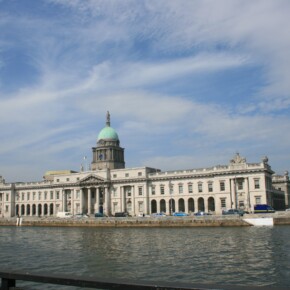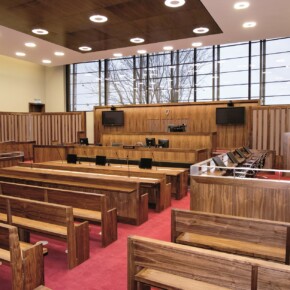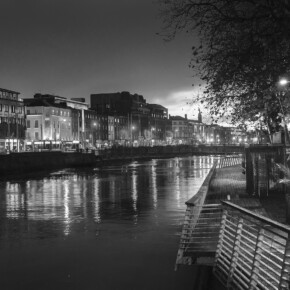A lasting legacy
Dublin People 22 Sep 2012Today, Temple Street Hospital is a household name but what is sometimes forgotten is that its lifesaving work is only made possible by the aid of countless donors – those unsung men and women who since 1872 have helped it to meet the needs of sick children from all over the country.
What started with a charitable group of women was put on a professional footing during the 1880s with the inauguration of the Moy Mell Children’s Guild. With the guild hard at work, fundraising work could now be organised on a regional basis in every town and parish. Alongside this, the hospital also relied on other sources of income, such as the legacies that were left to it by people in their will.
In 1887, the hospital published new guidelines for those intending to grant a legacy. It was not the first time that it had received money this way but the sisters soon discovered that directions left to executors could be vague at best.
When for instance one lady stipulated that after her death, a sum of money should be given to the
‘Temple Street Children’s Orphanage’, it took a concerted effort to prove that this was in fact the hospital of the same name. Before the issue was resolved, the Mother Superioress was quick to remind the solicitor that she should not be addressed as
‘Mrs’.
To simplify matters, each legatee was invited to use a pro-forma, declaring
‘that the receipt of the Superioress for the time being of St Joseph’s Hospital shall be a sufficient discharge for same’. The Stamp Duties Act of 1842 also meant that legacies made to the hospital were exempt from tax. This meant that the donor could be sure that the entire amount would reach the children who needed it most.
Some of the legacies were sufficient to maintain a cot in perpetuity and by the turn of the 20th century, there were several of these at Temple Street. They included
‘The Weir Cot’, founded to perpetuate the memory of James Weir of Blackrock, a wealthy grocer and wine merchant and the
‘Donnelly Cot’, in memory of John Donnelly of Brabazon Street.
Executors were encouraged to use postal orders like this one when granting money to Temple Street. This example dates from around 1900.
By far however, the most significant bequest left to Temple Street Hospital were the house and lands at Cappagh – donated in 1908 by Lady Martin, daughter of the renowned Irish physician, Sir Dominic Corrigan.
After her death in 1907, her executors handed the estate over to the sisters so that they could establish a school for poor children there.
After taking legal advice, the Mother Superioress decided that a convalescent home would be in keeping with the spirit of the bequest.
Cappagh was a huge boon for Temple Street, particularly for those children from poor areas of Dublin who were more likely to suffer a relapse if they returned to tenement conditions too soon.
It offered plenty of fresh air outside the cloying confines of the city and on September 8 1908, 12 patients were transferred there for convalescence.
For the most part, they suffered from tubercular bone disease and treatment was carried out along the lines of heliotherapy (sunshine) and splintage. Soon, other legatees decided to donate money to Cappagh in their wills. The hospital records show that these monies continued to arrive until about 1912.
When you make your last Will’, the Mother Superioress wrote in 1914,
‘let the Sick Children of the Poor be among your heirs. Leave all you can to this good work’. In our difficult times, these words ring as true as the day they were first written.
l If you would like to know more about how you could leave a gift to Temple Street Hospital in your will, call Roisin on 01-8784657, email roisin.oconnor@cuh.ie or visit www.templestreet.ie










